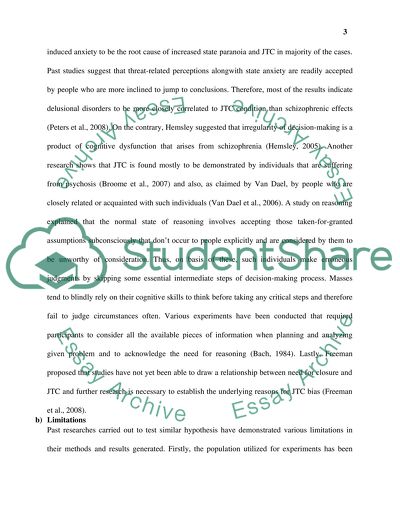Cite this document
(“'jumping to conclusion': an investigation of the jump to conclusion Essay”, n.d.)
Retrieved from https://studentshare.org/psychology/1481573-ychjumping-to-conclusionyie-an-investigation-of
Retrieved from https://studentshare.org/psychology/1481573-ychjumping-to-conclusionyie-an-investigation-of
('jumping to conclusion': An Investigation of the Jump to Conclusion Essay)
https://studentshare.org/psychology/1481573-ychjumping-to-conclusionyie-an-investigation-of.
https://studentshare.org/psychology/1481573-ychjumping-to-conclusionyie-an-investigation-of.
“'jumping to conclusion': An Investigation of the Jump to Conclusion Essay”, n.d. https://studentshare.org/psychology/1481573-ychjumping-to-conclusionyie-an-investigation-of.


